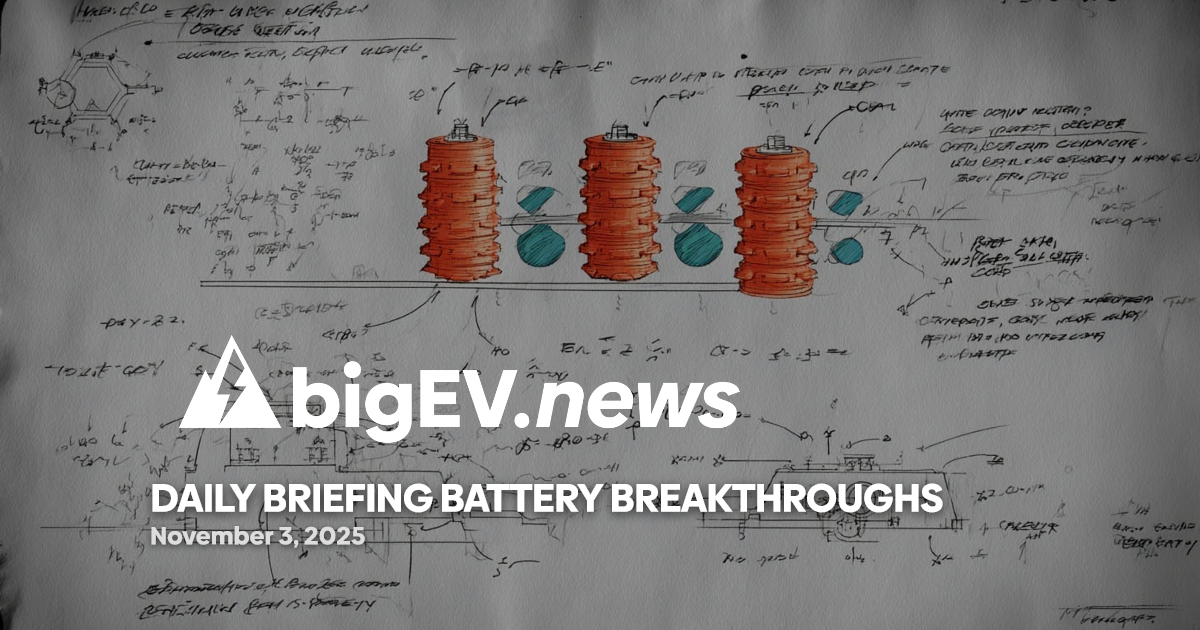A pivotal day for global markets as OPEC+ shifts oil strategy, solar and battery storage hit new highs, and AI reshapes electric transportation and defense.
At a glance – The past 24 hours have seen a dramatic shift in global energy and technology markets, with OPEC+ signaling an oil abundance that challenges both supply and demand forecasts. This move comes as the U.S. job market shows signs of contraction, creating a dual challenge for global markets. The energy sector is also witnessing record investment levels, with over $1.5 trillion expected to be spent on energy and natural resources in 2025, a 6% increase in real terms over previous years. These trends are shaping strategic decisions for investors and industry leaders, as they navigate a landscape marked by volatility and rapid technological advancement.
Technology advance – In the realm of clean technology, the U.S. electric power sector is projected to grow by 2.3% in 2025 and accelerate to 3.0% in 2026, driven primarily by a surge in solar power generation. The Energy Information Administration forecasts that solar will supply an unprecedented share of the nation’s electricity, with solar capacity expected to rise by a record-breaking 38.4 GW to reach 128.2 GW. Battery storage is also set to nearly double, increasing by 14.9 GW to 30.9 GW, reflecting the rapid adoption of grid-scale storage solutions. These advances are positioning the U.S. as a leader in renewable energy deployment, with significant implications for grid reliability and decarbonization strategies.
Partnerships – The energy transition is being accelerated by strategic alliances between utilities, technology firms, and investment groups. S&P Global reports that new joint ventures are emerging to capitalize on the growing demand for clean energy solutions, with a particular focus on integrating advanced analytics and AI-driven optimization into grid management. These collaborations are enabling more efficient deployment of renewables, enhancing grid resilience, and supporting the development of next-generation energy markets. The integration of AI and machine learning is also facilitating predictive maintenance and real-time energy trading, further driving value creation across the sector.
Acquisitions/expansions – The clean technology sector is experiencing a wave of acquisitions and expansions, as companies seek to scale up operations and secure market share in a rapidly evolving landscape. According to the World Economic Forum, major players are investing heavily in the supply of energy and natural resources, with capital expenditures exceeding $1.5 trillion in 2025. This surge in investment is fueling the expansion of solar and battery manufacturing capacity, as well as the development of new infrastructure for electric vehicles and grid modernization. Companies are also pursuing strategic acquisitions to gain access to innovative technologies and strengthen their competitive positioning in key markets.
Regulatory/policy – Policy developments are playing a critical role in shaping the trajectory of the energy and transportation sectors. OPEC+ has signaled a strategic shift by indicating an abundance of oil supply, which is expected to influence global energy prices and impact the competitiveness of alternative fuels. Regulatory agencies are responding by updating market rules and approval processes to accommodate the rapid growth of renewables and electric transportation. These changes are designed to foster innovation, ensure energy security, and support the transition to a low-carbon economy. The evolving policy landscape is creating both opportunities and challenges for industry stakeholders, as they adapt to new regulatory requirements and market dynamics.
Finance/business – The intersection of energy, technology, and finance is driving significant changes in market structure and investment strategies. Deloitte’s 2025 Renewable Energy Industry Outlook highlights robust growth in both solar and battery storage, with record-breaking capacity additions projected for the coming year. Financial markets are responding to these trends by reallocating capital toward clean energy projects and innovative technology ventures. Venture capital investment in AI-driven transportation and robotics is also on the rise, as companies seek to capitalize on emerging opportunities in electric vehicles, marine electrification, and defense applications. These developments are reshaping the competitive landscape and influencing long-term business strategies across multiple sectors.
Sources: marketminute, EIA, S&P Global, World Economic Forum, discoveryalert, Deloitte Insights









